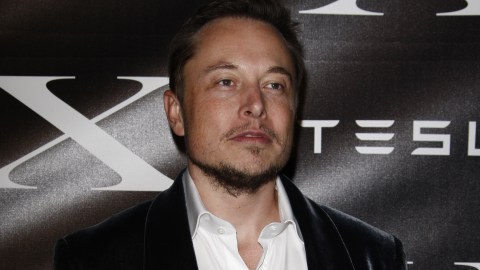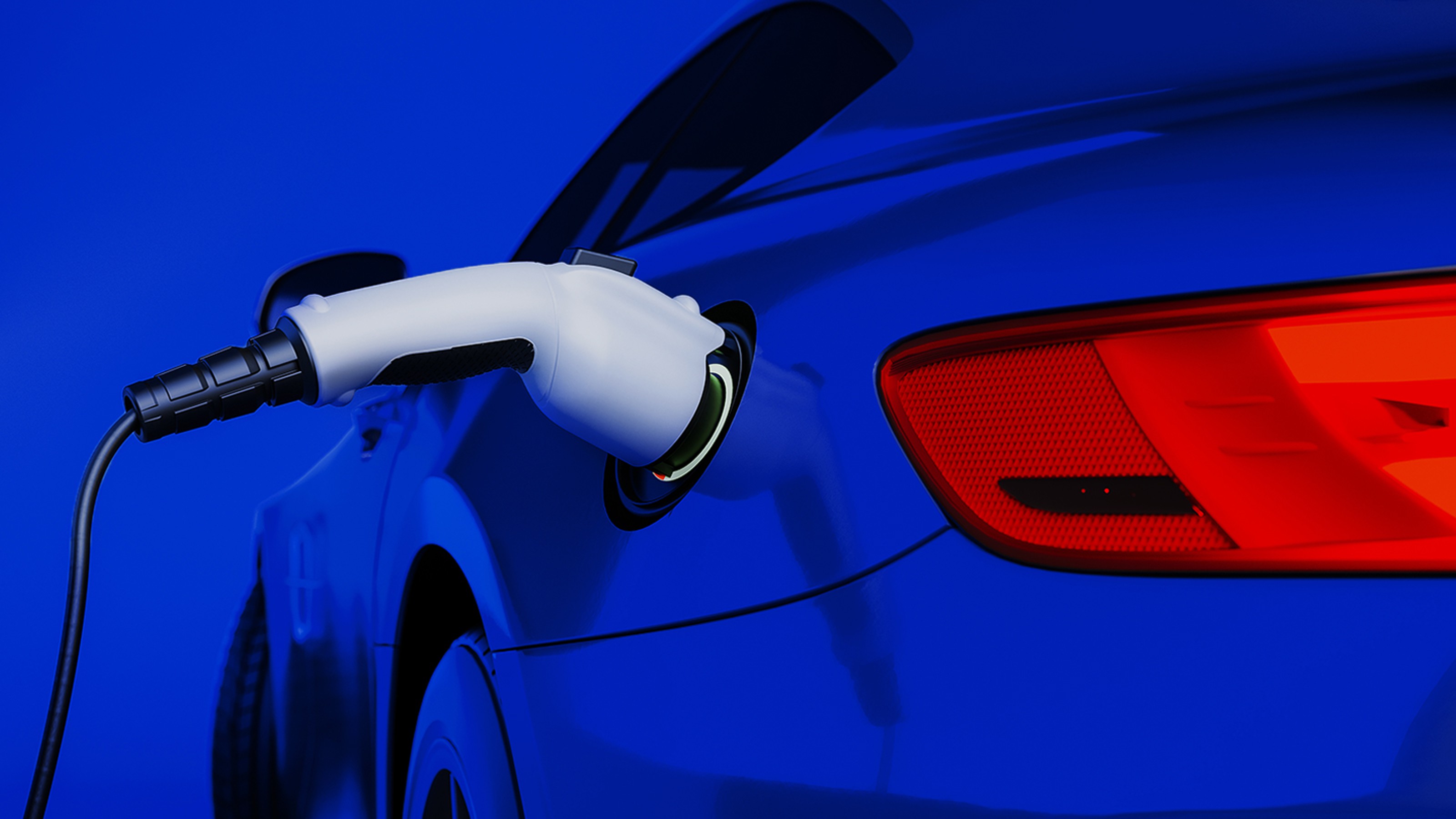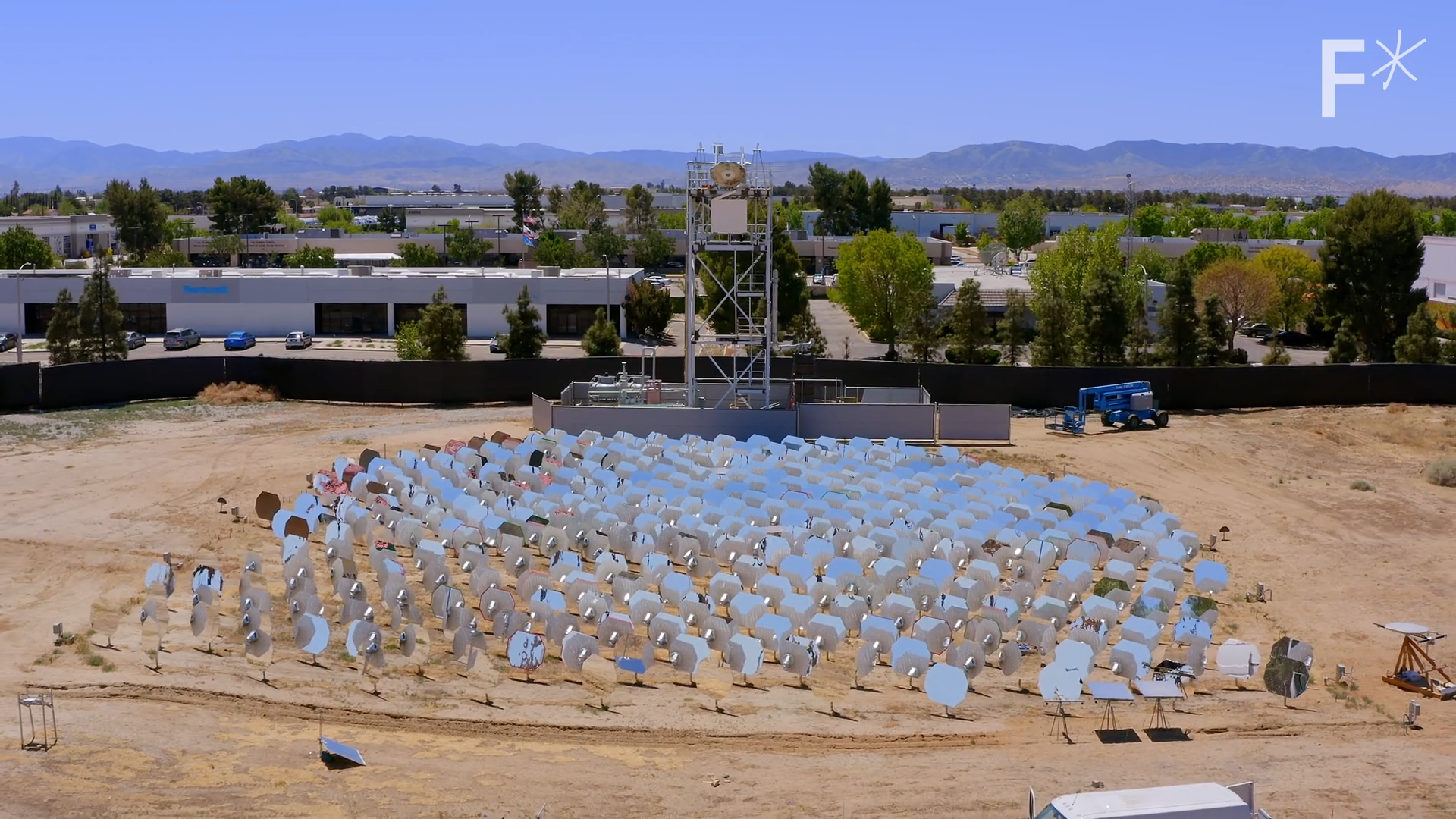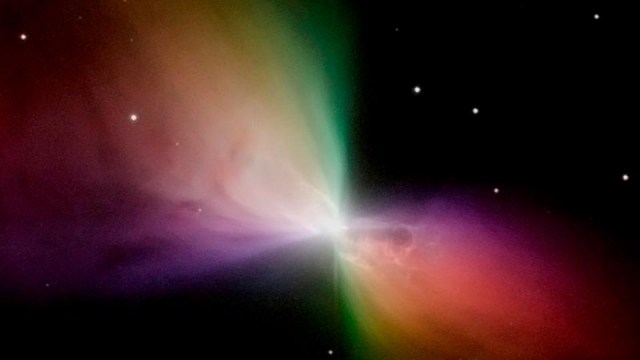Elon Musk Has a “Master Plan” – Here’s How SolarCity Fits In

Elon Musk has a plan and part of that plan came together when it acquired SolarCity for $2.6 billion in November 2016. This deal will ultimately allow Tesla to sell all-electric goods under one, unified brand.
“The transaction is a necessary step toward Tesla’s goal of becoming a sustainable energy company,” Institutional Shareholder Services Inc., an influential shareholder proxy service, stated in a vote of confidence for Musk’s controversial plan.
The Tesla name has become synonymous with sleek all-electric cars (and inventor Nikola Tesla), but Tesla hasn’t been just a car company for over a year, ever since Musk stepped on stage to announce Tesla’s Powerwall home battery. Since then the company has continued to unveil home-energy products – most recently a re-imagined set of solar tiles for rooftops.
We all know Musk is out to save the human race. This acquisition creates a virtuous cycle. Tesla showrooms will not only become a place where you can look for a new car, but where you can purchase home batteries and solar panels — a one-stop shop for all your home energy needs.
The acquisition makes even more sense when you consider Musk’s Master Plan, which he wrote back in 2006:
So, in short, the master plan is:
Build sports car
Use that money to build an affordable car
Use that money to build an even more affordable car
While doing above, also provide zero emission electric power generation options
Don’t tell anyone.
Musk has since updated it in July 2016 under the title Master Plan, Part Deux:
Create stunning solar roofs with seamlessly integrated battery storage
Expand the electric vehicle product line to address all major segments
Develop a self-driving capability that is 10X safer than manual via massive fleet learning
Enable your car to make money for you when you aren’t using it
It’s likely Tesla won’t see the benefits from this acquisition for a while. This move is not a get-rich-quick investment, its part of a long-term vision Musk has already planned.
One day after the acquisition of SolarCity, Tesla tweeted that Ta’ū, an island in American Samoa, is running on nearly 100% solar energy thanks to 5,300+ solar panels and 60 Tesla Powerpacks. Before solar, Ta’ū used 109,500 gallons of imported diesel annually, which cost it $8 million every year and made it reliant on other countries to run its generators.





